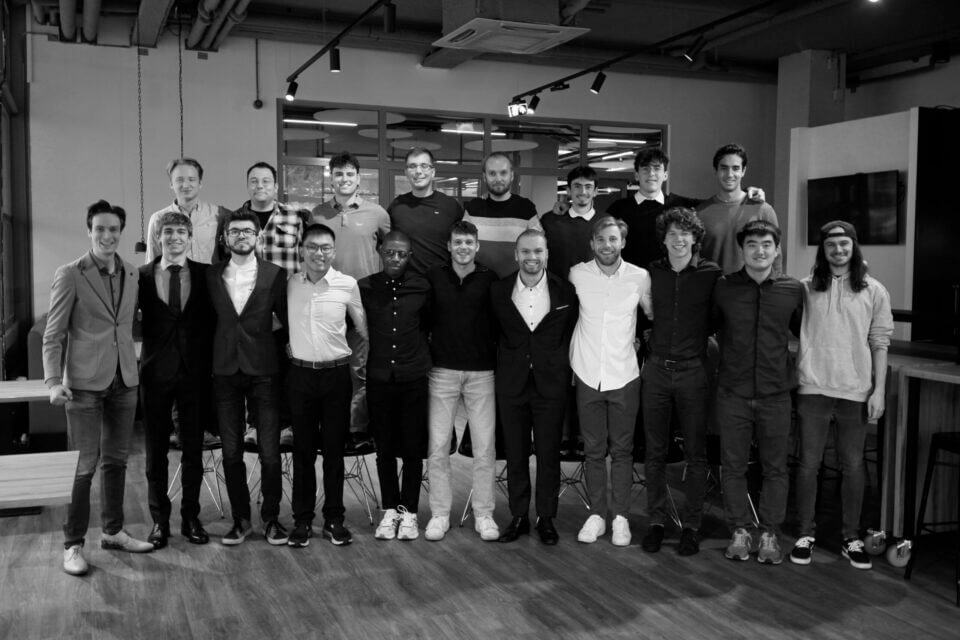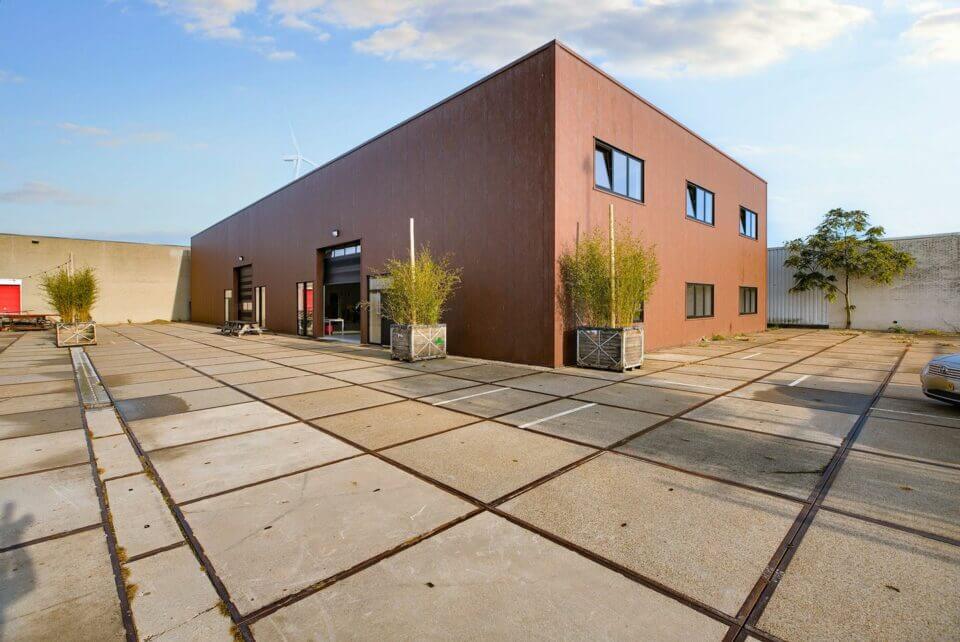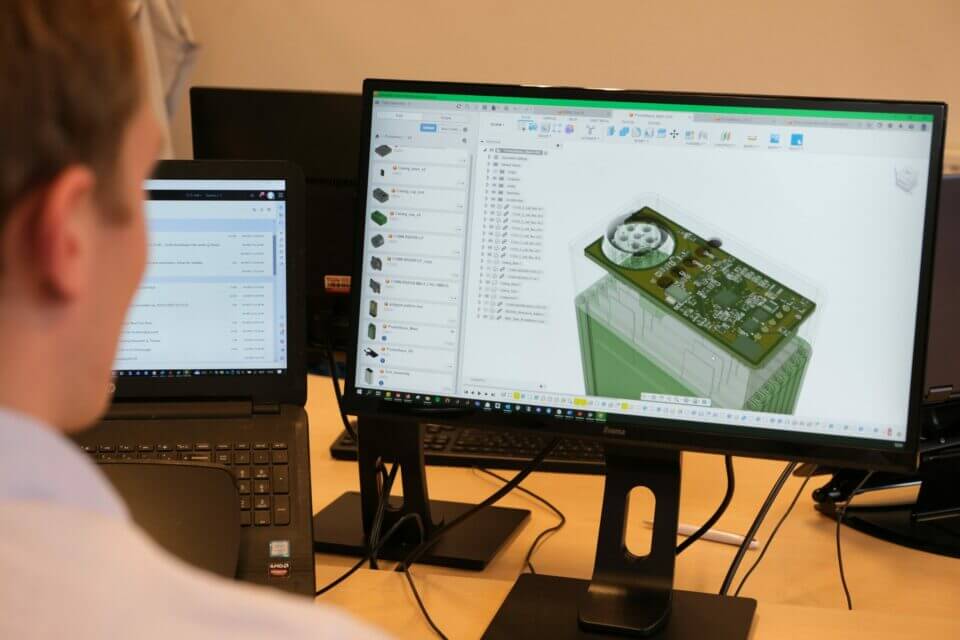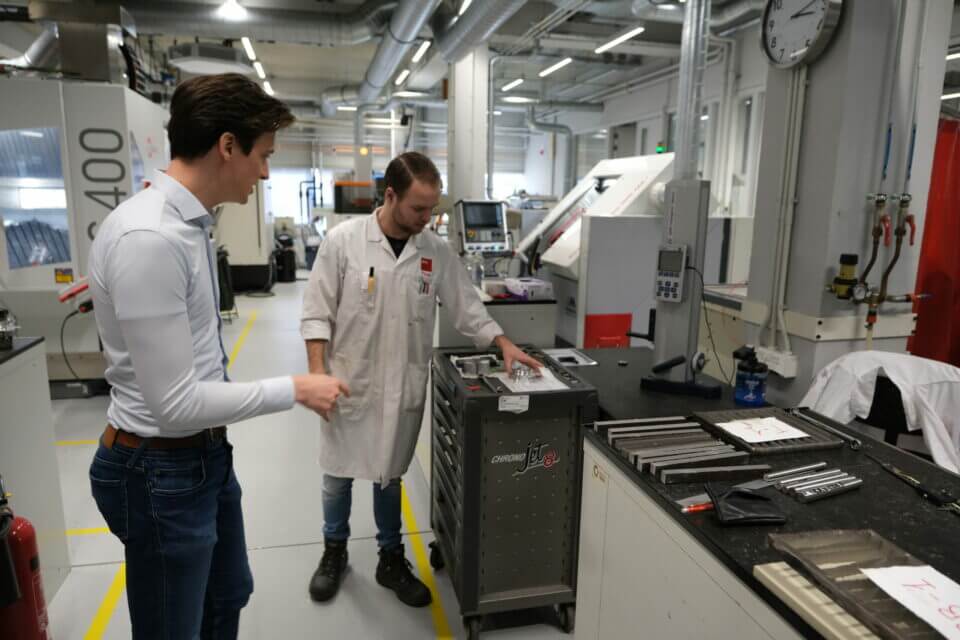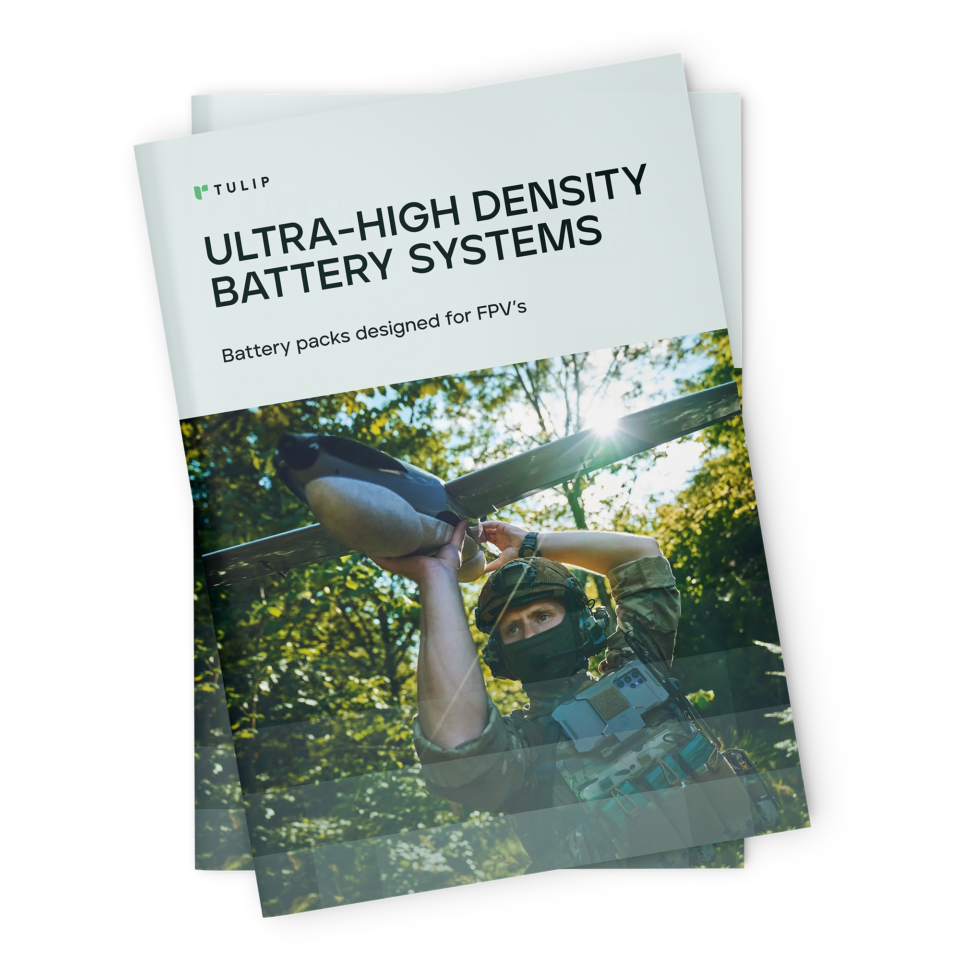Turn electrochemical theory into flight-tested reality
Before You Hit “Apply”
This isn’t a purely academic PhD — it’s a hands-on research position where you’ll move between lab benches, CAD models, and test flights. You’ll be part of a cross-disciplinary program aiming to design and validate next-generation battery cells for small unmanned aerial vehicles (UAVs).
Expect to build prototypes, run electrochemical tests, interpret data, and turn experimental results into functional, flight-ready designs. If you’re driven by curiosity and precision, and you want your research to take off — literally — this position is for you.
We move fast, collaborate closely, and give researchers the freedom to shape both science and application.
Your Mission
At Tulip Tech, we’re redefining what’s possible in electric flight — and your research will help make it real.
In collaboration with a prestigious university and research institute, you’ll design and validate next-generation battery cells for unmanned aerial vehicles (UAVs). Your work combines electrochemistry, materials science, and system integration — turning laboratory discoveries into flight-ready energy systems.
You’ll prototype new cell architectures, optimize anodes, cathodes, and electrolytes, and solve challenges in corrosion, mass transport, and energy density. Working across university and industry labs, you’ll move from experiment to application, testing your designs in real UAV systems.
This PhD offers the rare chance to bridge science and aerospace engineering — contributing directly to safer, lighter, and more sustainable flight.
What You’ll Do
- Design and prototype cell architectures and packaging concepts
- Perform electrochemical testing (galvanostatic/potentiostatic discharge, EIS, polarization curves, long-hold discharge)
- Develop and validate models of mass and charge transport
- Support UAV power system integration and real-world validation
- Collaborate with Tulip Tech engineers, university researchers, and Hereon partners
- Document, analyze, and publish results
What You Bring
- MSc (or equivalent) in Chemical Engineering, Mechanical Engineering, Electrochemistry, Materials Science, Physics, or a related field
- Hands-on lab experience with electrochemical cells and data analysis
- Ability to design and build test hardware (fixtures, flow fields, GDLs)
- Experience with modelling tools (Python, MATLAB, COMSOL, or similar)
- Strong analytical, quantitative, and communication skills
- Structured approach to experiment design and documentation
- Familiarity with UAV powertrains or lightweight energy systems
What We Offer
- Fully funded PhD position (3–4 years) within a cross-disciplinary research team
- Access to state-of-the-art electrochemistry labs and UAV test facilities
- Collaboration with Tulip Tech and Hereon, combining industry and academia
- Opportunity to publish, patent, and contribute to real product designs
- A direct path to impact — your research could redefine electric aviation in Europe
Ready to Build Something That Matters?
If you’re the kind of person who likes figuring things out, making stuff work, and seeing your tests stop real-world failures before they happen — let’s talk.
We anticipate opening multiple PhD positions across anode/electrolyte, cathode/GDL, and pack‑integration tracks. In your application, please indicate the track(s) that best fit your background.
Reach out to [email protected] with your CV and motivation letter expressing your interest and experience in the proposed topic.
Acquisition and recruiters: thanks, but not needed.
